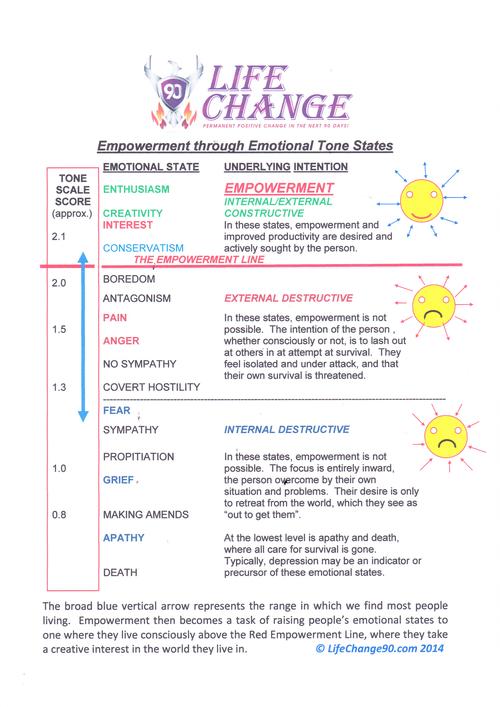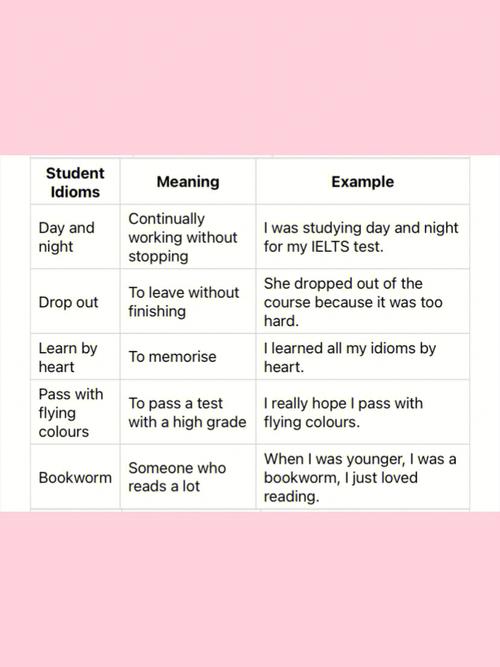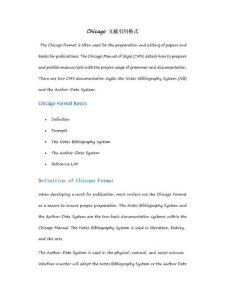Ways to Describe Tone
Understanding the tone of a piece of writing is crucial for appreciating its full impact. Whether you’re analyzing a poem, a novel, or a news article, the tone can greatly influence how you interpret the message. In this detailed guide, I’ll explore various ways to describe tone, helping you to better understand and articulate the mood of different texts.
Describing Tone Through Adjectives

One of the simplest ways to describe tone is by using adjectives. These words can capture the overall mood of the text and provide a quick reference for readers. Here are some common adjectives used to describe tone:
| Adjective | Description |
|---|---|
| Happy | Expresses joy, optimism, or a positive mood. |
| Sad | Conveys sorrow, melancholy, or a negative mood. |
| Angry | Indicates frustration, irritation, or a confrontational mood. |
| Humorous | Reflects a light-hearted, playful, or comical mood. |
| Reflective | Indicates introspection, contemplation, or a thoughtful mood. |
| Formal | Conveys a sense of seriousness, respect, or professionalism. |
| Informal | Indicates a relaxed, friendly, or conversational mood. |
Using these adjectives, you can quickly identify the general tone of a text and convey it to others.
Describing Tone Through Imagery

Another effective way to describe tone is by using imagery. This involves painting a picture in the reader’s mind that reflects the mood of the text. Here are some examples:
Imagine a sunny, warm day with birds chirping and flowers blooming. This imagery could describe a text with a happy tone. Conversely, imagine a dark, stormy night with lightning and thunder. This imagery could describe a text with a sad or angry tone.
Describing Tone Through the Use of Language

The language used in a text can also provide clues about its tone. Here are some aspects of language to consider:
- Word Choice: Certain words can evoke specific emotions. For example, words like “joy,” “love,” and “peace” tend to have a positive connotation, while words like “hate,” “fear,” and “sorrow” have a negative connotation.
- Slang: The use of slang can indicate an informal or conversational tone.
- Formal Language: The use of formal language, such as complex sentence structures and technical terms, can convey a sense of seriousness or professionalism.
- Metaphors and Similes: These figures of speech can add depth to a text and contribute to its overall tone.
Describing Tone Through the Setting
The setting of a story or article can also influence its tone. Consider the following examples:
A text set in a bustling city can convey a sense of excitement and energy, while a text set in a quiet, rural setting can evoke a sense of calm and tranquility.
Describing Tone Through the Characters
The characters in a story can also contribute to its tone. For instance, a character who is always smiling and optimistic can make the story feel happy, while a character who is constantly complaining and pessimistic can make the story feel sad or angry.
Describing Tone Through the Theme
The theme of a text can also play a role in its tone. For example, a text with a theme of love and romance is likely to have a happy or romantic tone, while a text with a theme of loss and







